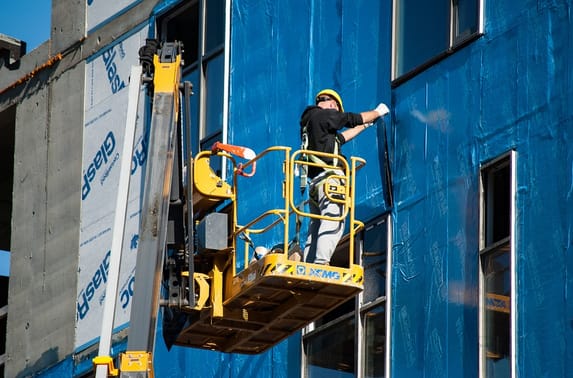Welcome to the world of workplace safety, where compliance isn’t just a checkbox—it’s a commitment to protecting your team and fostering a thriving work environment. In today’s fast-paced industries, ensuring that every employee is equipped with essential safety knowledge is more critical than ever. But how do you navigate the maze of regulations and best practices? That’s where our Essential Safety Working Course Checklist comes in. Whether you’re an HR professional, a safety officer, or simply someone passionate about creating a safer workspace, this checklist will be your ultimate guide.
Risk Assessment Training
Understanding how to assess and manage risks is the foundation of any good safety course. Participants should learn how to identify potential hazards in their work environment and determine the level of risk they present. Courses should include practical guidance on creating risk assessments for different tasks and mitigating potential dangers. For example, if you’re working in construction, a course should teach you to assess risks like heavy machinery, elevated workspaces, and hazardous materials. It might cover ergonomics, fire hazards, and electrical safety in an office setting.
Emergency Procedures and First Aid
Every workplace should have an emergency plan, and your safety course should include comprehensive training on handling emergencies. Knowing how to act quickly and efficiently can save lives from fires, chemical spills, and medical emergencies. Ensure the course covers basic first aid training, as it’s always a good idea to have employees who can offer initial medical assistance until professional help arrives. This training should include CPR, wound care, and handling choking incidents. The working at heights training or course should also cover how to assist someone who has fallen from a height and how to deal with heat stroke and other heat-related illnesses.
Personal Protective Equipment (PPE)

Personal Protective Equipment (PPE) is essential in many industries, from construction to healthcare. Your safety course should teach you how to properly use, store, and maintain PPE to protect yourself on the job. For example, healthcare workers need to know how to use gloves, masks, and gowns to avoid contamination, while construction workers should learn about the proper use of helmets, safety boots, and harnesses. The course should also stress the importance of ensuring PPE is the right fit and meets safety standards.
Manual Handling Techniques
Improper manual handling is one of the leading causes of workplace injuries, especially in jobs that require physical labor. A safety working course should teach employees how to lift, carry, and move heavy objects to avoid injury. Even if your job doesn’t involve heavy lifting, understanding proper posture and movement techniques can prevent strain and long-term damage. Look for courses that provide practical demonstrations and encourage participants to practice safe handling techniques during training.
Fire Safety and Evacuation Plans

Fire safety training is a must in any workplace. It’s essential to know how to prevent fires safely, evacuate in case of a fire, and use fire extinguishers if needed. The course should include practical exercises, like fire drills, and detailed instruction on the evacuation routes and assembly points for your workplace. Employees should also understand the different types of fires and the corresponding fire extinguisher types to ensure they are prepared to handle any situation.
Reporting and Documentation
A big part of workplace safety is ensuring that incidents are correctly reported and documented. Your safety course should teach you how to report accidents, near misses, and potential hazards in a timely manner. Reporting systems ensure that safety issues are addressed. They are addressed before they become more significant problems and help companies comply with legal and regulatory requirements.
A comprehensive course will cover the importance of accurate documentation, what must be included in a report, and how to follow up on safety issues. This is especially crucial in industries like construction and manufacturing, where stringent safety regulations and non-compliance can result in hefty fines.



